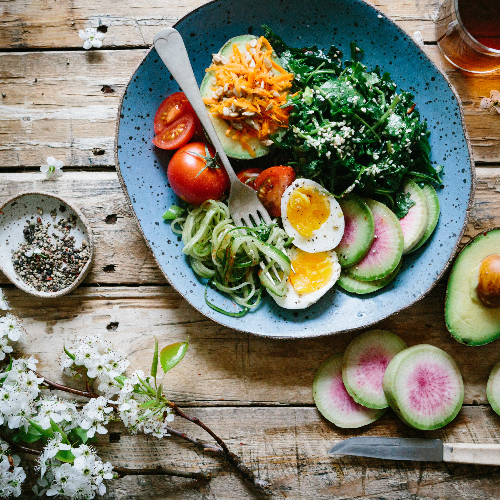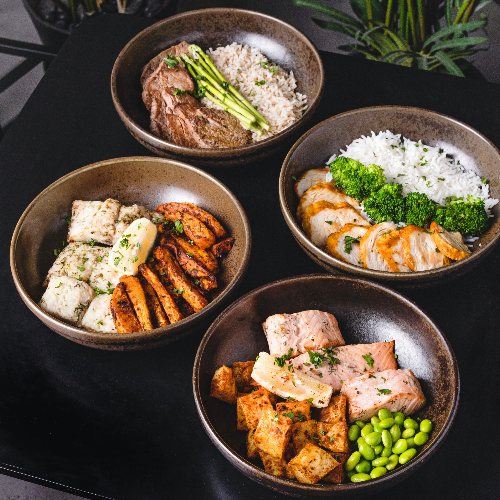Once upon a bustling city morning, where the sun peeked through the high-rises with a lazy yawn, Sarah, a young, enthusiastic nutritionist, embarked on a mission. Her goal? To shatter the myth that eating healthily is a privilege reserved for the affluent. She believed wholeheartedly that nutritious eating could be budget-friendly, and she set out to prove it.

Sarah’s journey began with a simple, yet profound realization during her college years. She noticed her peers, bright and ambitious, often resorted to cheap, unhealthy food options. It wasn’t due to a lack of knowledge but rather a misconception about the cost of healthy food. This spurred a question in Sarah’s mind, “What if I can create a guide that makes nutritious eating accessible to everyone, regardless of their budget?”
Armed with determination and her nutrition degree, Sarah started by exploring local markets. She discovered, to her delight, that many nutritious foods were surprisingly affordable. She saw bunches of leafy greens, vibrant and fresh, costing less than a dollar. Nutrient-packed legumes and grains, often overlooked, were available in bulk for mere pennies. This revelation was her first victory, and she knew she was on the right path.
Sarah then ventured into the world of meal planning. She learned that by planning meals in advance, one could save money and reduce food waste. She experimented with various recipes, combining affordable ingredients to create meals that were not only nutritious but also delicious. The key, she found, was in the creativity of combining simple ingredients in new and exciting ways.
Her guide began to take shape. It was more than just a collection of recipes; it was a testament to the possibility of healthy living on a budget. She included tips on shopping smart, using seasonal produce, and understanding the nutritional value of different foods. Her guide was not just about eating; it was about living a healthier, more sustainable life.
But Sarah didn’t stop there. Understanding that knowledge needs to be shared, she organized community workshops. She shared her guide, taught cooking classes, and spread her message of healthy, budget-friendly eating. The response was overwhelming. People from all walks of life began to see the possibilities, discovering that nutritious eating wasn’t a distant, unattainable luxury, but a feasible, everyday choice.
The impact of Sarah’s guide rippled through the community. Stories emerged of families eating healthier, students making better food choices, and a general upliftment in the community’s well-being. Sarah’s guide had become more than a manual for eating; it had become a beacon of hope and inspiration.
In conclusion, Sarah’s story is a vivid illustration that nutritious eating on a budget is not just possible, but it can be a delightful and enriching journey. It stands as a testament to the power of determination and the impact of sharing knowledge. “A Guide to Budget-Friendly Nutritious Eating” is more than a narrative; it’s a movement, a change in the way we view food and health – accessible, achievable, and profoundly rewarding.



